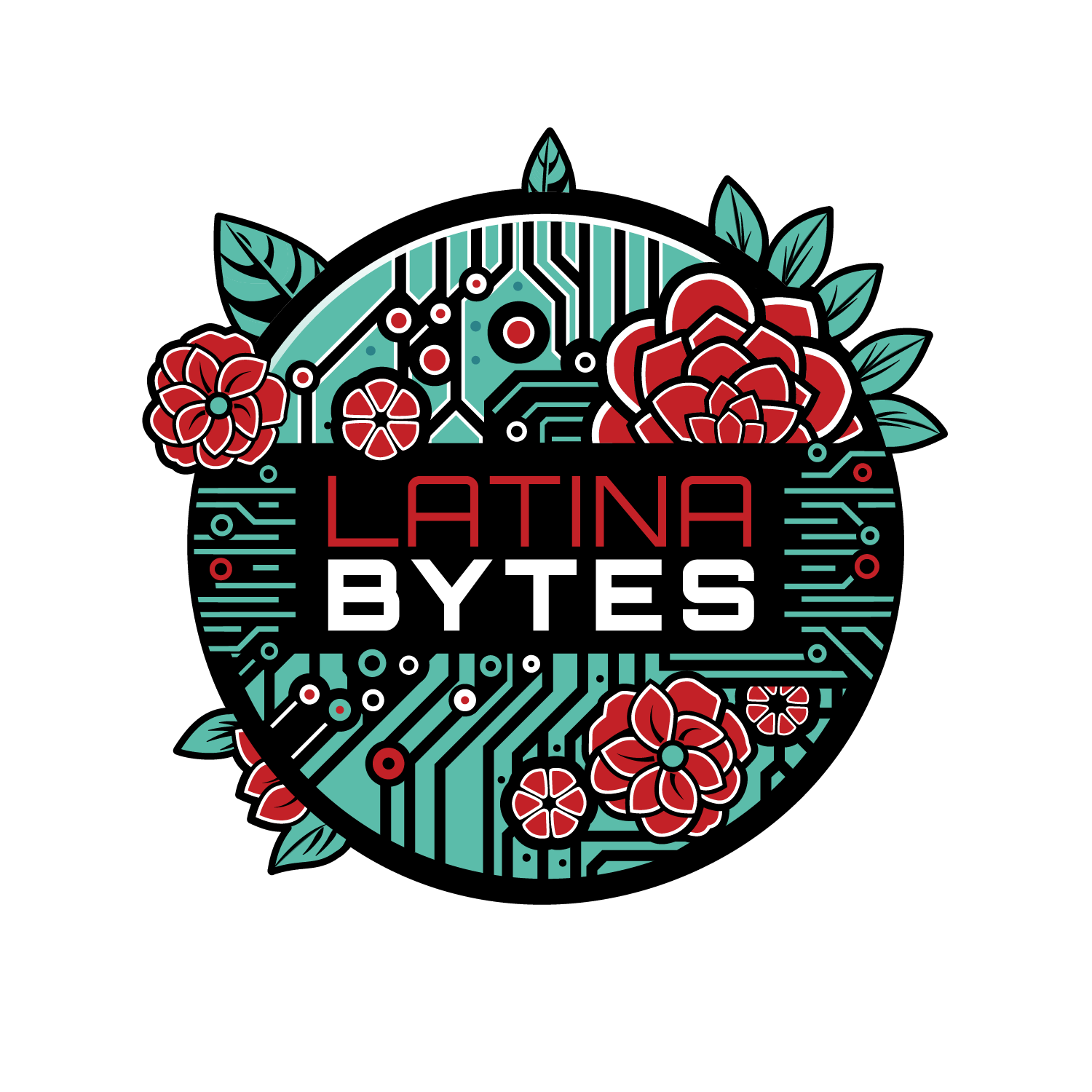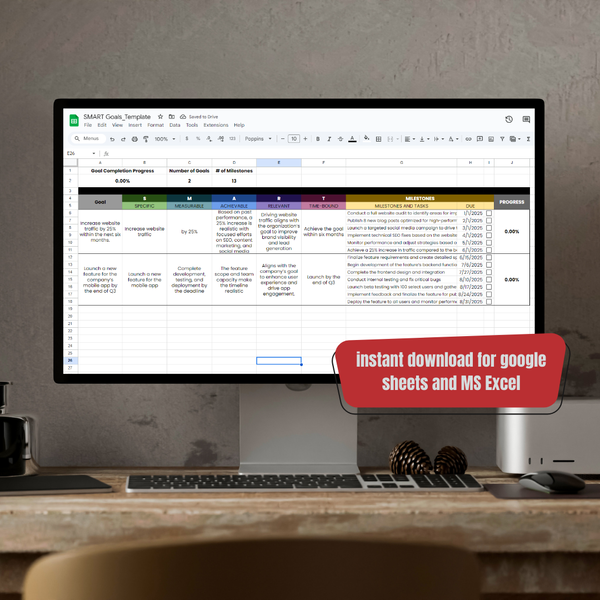Managing Stakeholders Resistant to Change: A Comprehensive Guide to Overcoming the Past
Learn how to manage stakeholder resistance, rebuild trust, and foster collaboration with actionable strategies to navigate change and past grievances effectively.

After countless late nights, missed family events, and sacrifices for the project they believed in, the team was finally nearing the finish line. But then, in one swift move, a new CEO arrived with a bold vision and completely changed the direction of the entire organization. The air in the office felt heavy with confusion and uncertainty as employees struggled to make sense of it all. Their once important work now seemed meaningless, and their loyalty to the company wavered as they questioned their place in this new future. It was more than just a change; it was a betrayal of their dedication, identity, and trust in leadership.
The refusal to accept change is not always a result of stubbornness or fear; it can also stem from deeper, unresolved emotions related to past choices and their consequences. When individuals feel disregarded, let down, or ignored, their resistance becomes a defense mechanism. It is a means of protecting themselves from reliving the pain of previous failures. If these feelings are left unattended, they can create a harmful atmosphere where progress is nearly impossible.
Despite the mistakes that caused tension and resistance among stakeholders, there is hope. Trust can be rebuilt and a path towards collaboration can be forged. As a leader, you can build up the skills and knowledge around tangible strategies for addressing past issues. Let’s build a foundation to promote empathy and to navigate the challenges of stakeholder pushback. Whether you are facing cultural changes, shifting objectives, or a change in leadership, these methods have been proven to turn even the most skeptical critics into allies.





